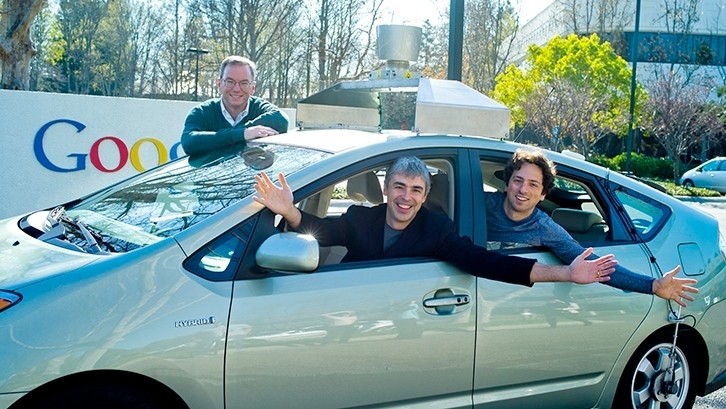Although self-driving cars may seem a long way off, the US Transportation Department has released a new policy designed to accelerate the development process. It is easy to see why there is such a demand for automated vehicles - they have the potential to eliminate foreseeable accidents and speed up the flow of traffic.
For example, built-in features such as inter-car communications and automatically deploying brakes are just two of several innovations. David Strickland, head of the National Highway Traffic Safety Administration, explained, "We see tremendous promise in these technologies whether you're looking at the current active safety systems in some vehicles today or whether you're looking at a truly autonomous vehicle."
According to the 14-page paper from the NHSTA, research will focus on how the vehicles should react when left unsupervised, as well as protecting the cars from malicious hackers. The Transportation Department has already spent millions of dollars towards self-driving technology, with tests involving close to 3,000 different vehicles.
Despite the advantages that automation has to offer, the NHSTA still wants to proceed with caution. Safety officials have made it clear that licensing the technology to car manufacturers will not be rushed. "NHSTA is right in telling states to slow down, think this through and don't rush into regulating driverless vehicles," added Barbara Harsha, the executive director of the Governors Highway Safety Association.
The new policies will surely help the technology to advance, but drivers shouldn't expect truly driverless vehicles to hit the market anytime soon. That being said, Google is quickly approaching this benchmark through the use of a modified Toyota Prius and Lexus RX 450h; cars that have been equipped with extensive radar, laser and camera systems. The current expectation is that semi-autonomous vehicles, comparable to Google's current test vehicles, will begin to commercialize in four years.
